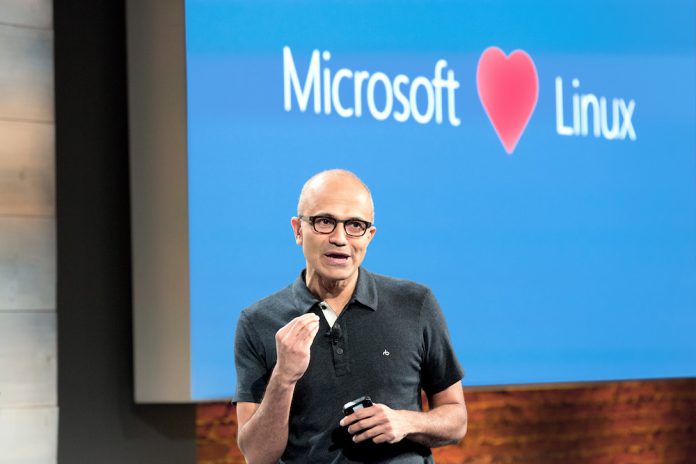By allowing open source containers, Windows Server customers can run any image, regardless of platform. Microsoft says the Docker Hub is now a perfect platform for developers. It has over 900,000 containerized apps, but has been limited by the separation of Linux and Windows hosts to run images. Until the DockerCon announcements, Linux images have been limited to run on a Linux host, while Windows images run on a Windows host. Now Microsoft has made it possible to run Linux containers on Windows Server. This removes the need for separate infrastructures and development tools. By using Hyper-V isolation technology, developers can build apps for Windows. Additionally, admins can host any container image on Windows Server. Microsoft says it created Hyper-V Containers to allow this kind of cross-platform capability. Developers will have a much more efficient process of hosting containers side by side on the same hosts. Hyper-V has been available since 2008, it was formerly known as Windows Server Virtualization and is a virtual machine monitor (or hypervisor).
Committing to Open Source
In its announcement, Microsoft says adding Linux container support to Windows Server is a further commitment to open source. The company says it will further its collaboration with LinuxKit and Docker to enhance open source container support. “Beginning with the very first DockerCon in June 2014, Microsoft’s ongoing strong commitment to Docker and open source has been singular,” said Scott Johnston, COO, Docker, Inc. “Microsoft’s new Hyper-V Linux containers, announced today at DockerCon, and its collaboration with Docker’s LinuxKit and containerd together represent a unique, innovative solution for developers building heterogeneous, hybrid cloud applications.” Microsoft adds that it wants customers to know they have a choice regarding which Linux distributions to use. The company will open source integration code for distributions to host Linux containers. This will be achieved in partnership with leading Linux vendors.




